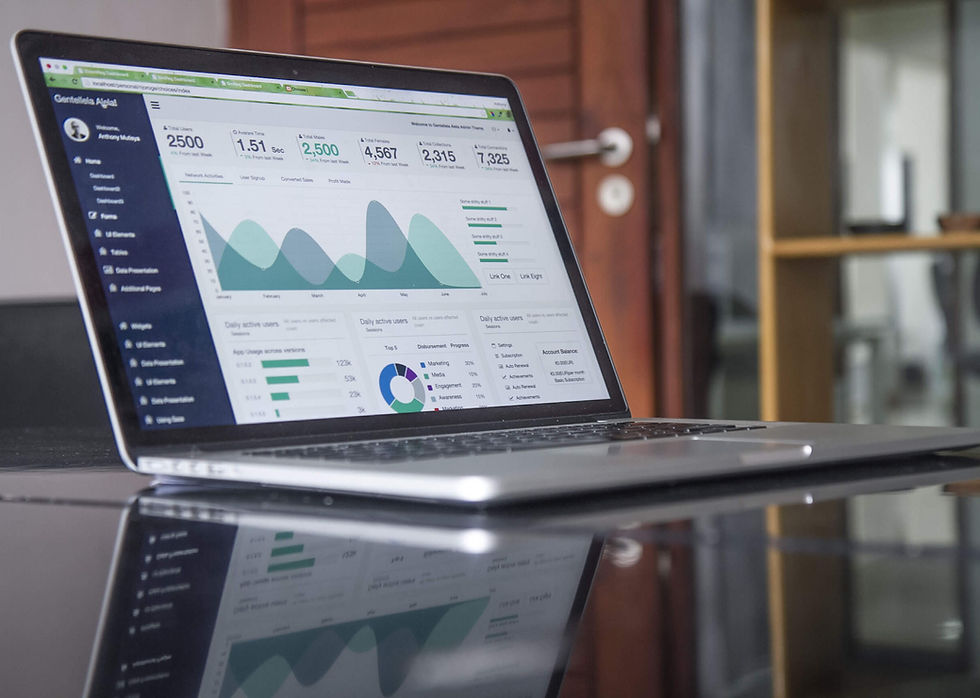When Home Follows You to Work: How Personal Family Issues Amplify Psychological Hazards
- Jun 25
- 3 min read

Most of us like to believe in the great divide—the invisible line that separates our personal lives from our professional ones. We close the front door on family tensions, marital disputes, or caring responsibilities, and we step into the workplace ready to perform. But in reality, the boundary isn’t always so neat.
Personal family issues, especially those that are ongoing or emotionally heavy, don’t wait quietly at the door while we clock in. Instead, they often weave their way into our professional lives, subtly—or sometimes significantly—shaping how we feel, function, and connect at work. And when these personal pressures aren’t acknowledged, they can fuel or worsen psychological hazards in the workplace.
What Happens When Personal Stress Enters the Workplace?
1. The Emotional Backpack
Imagine someone going through a separation, dealing with a sick parent, or trying to support a child with learning needs. These emotional burdens don’t disappear when they clock into work. They sit quietly in the background, demanding attention. Over time, they become heavier.
Now place that emotional load on top of a high-pressure job with limited autonomy, poor communication, and an unsupportive culture. You don’t just have an overworked employee—you have a psychological hazard in motion.
The interplay between personal and workplace stress is one of the most overlooked contributors to employee burnout and mental health issues.
Psychosocial Hazards Magnified by Personal Life Stressors
Workplace Risk Factor | How Family Issues Intensify the Risk |
High Job Demands | Employees already stretched at home may be less able to cope with demanding workloads. |
Low Role Clarity | Personal stress reduces cognitive capacity, making ambiguous job roles harder to navigate. |
Poor Support Systems | A lack of managerial or peer support can feel more acute when an employee is already emotionally depleted. |
Interpersonal Conflict | Emotional strain increases sensitivity to criticism, miscommunication, or workplace tension. |
Bullying or Harassment | Vulnerable workers may struggle to speak up or defend themselves effectively. |
Remote Work & Isolation | Those dealing with family pressures may feel even more disconnected and unsupported. |
The Compounding Effect: Personal + Organisational = Risk
When someone is struggling at home and the workplace lacks psychological safety, risk multiplies. This isn’t just a problem for individuals—it’s a systems-level issue. Organisations that fail to recognise the external pressures their employees carry often see a rise in:
Presenteeism: Being physically at work but mentally absent.
Absenteeism: Needing time off due to stress-related health issues.
Workplace errors and safety incidents: Cognitive overload leads to mistakes.
Team dysfunction: Emotional volatility spills into communication and collaboration.
Increased staff turnover: People leave not just because of the job, but because life becomes unmanageable in that job.
What Can Organisations Do?
The solution isn’t to fix people’s personal lives—that's neither practical nor appropriate. The real task is to design workplaces that recognise humanity and offer support, flexibility, and psychological safety.
Here are some strategies worth implementing:
Create a Culture of Empathy
Train leaders to notice behavioural changes and approach conversations with care. A manager asking “Are you ok?”—and meaning it—can make a real difference.
Enable Flexibility Without Guilt
Flexibility should be more than a policy—it needs to be cultural. Normalise flexible start times, carers' leave, or adjusted workloads when people are struggling.
Promote EAPs and Mental Health Resources
Don’t just offer Employee Assistance Programs—actively promote them. Encourage access to confidential support when personal pressures are overwhelming.
Redesign Roles with Psychological Safety in Mind
Review how work is structured. Reduce ambiguity, clarify expectations, and ensure employees have enough control over how they meet their responsibilities.
Don’t Ignore Conflict of Interest Risks
Where personal issues intersect with professional dynamics (e.g., family members working together), have transparent policies and risk assessments in place to avoid compounding hazards.
Final Reflection: Life Is Not Neatly Separated
In my years consulting across diverse industries, I’ve yet to meet a worker who hasn’t, at some point, been impacted at work by what was going on at home. Whether it's financial strain, grief, parenting stress, or relationship breakdowns—these experiences are part of being human.
Workplaces that see people—not just employees—are better positioned to manage psychological hazards. Because at the heart of health and safety is a simple truth: safety is personal. And so is wellness.
🔗 Useful Resources
Safe Work Australia – Psychosocial Hazards Code of Practice
Beyond Blue – Workplace Mental Health Resources
What are your thoughts on managing personal stress in professional environments? Have you seen workplaces do this well—or fall short? I’d love to hear your stories please feel free to share these via email admin@cqhhss.com.au




Comments